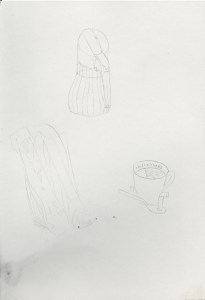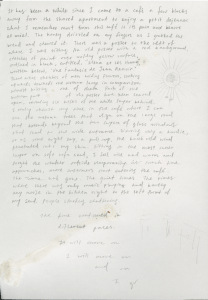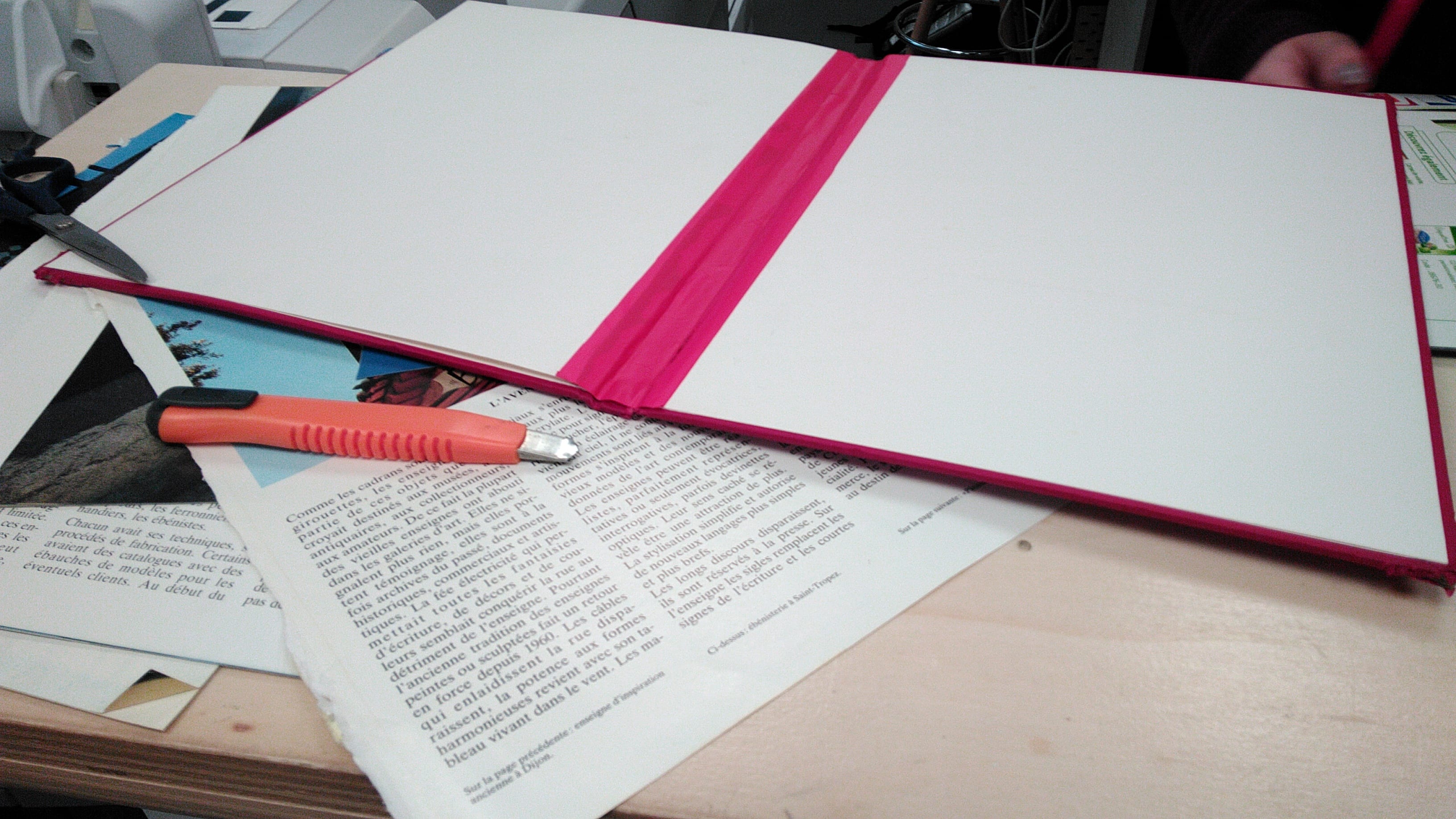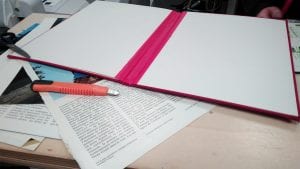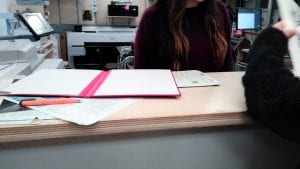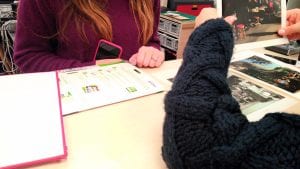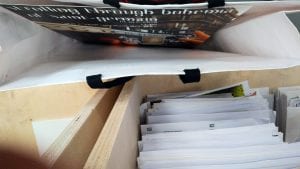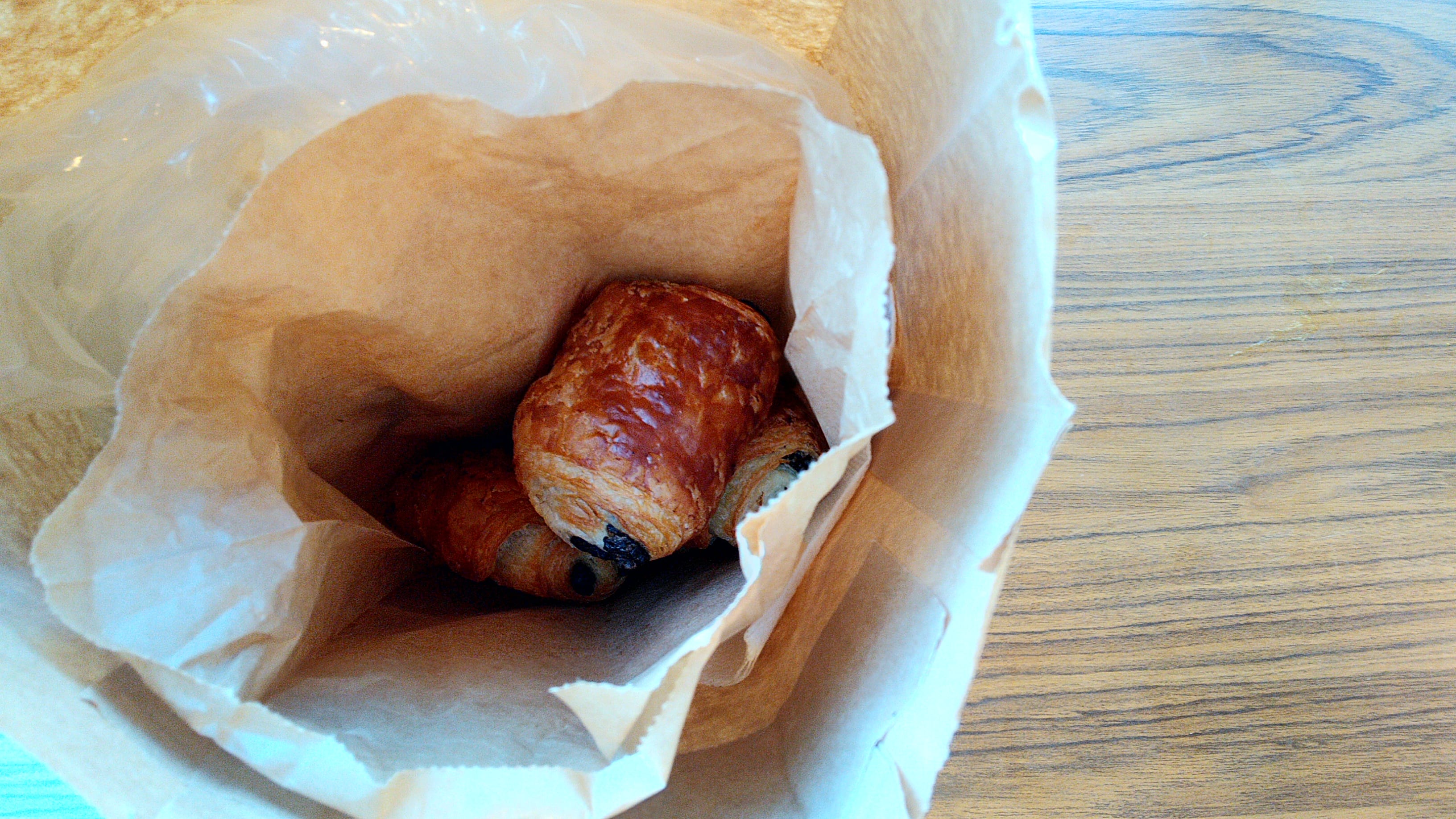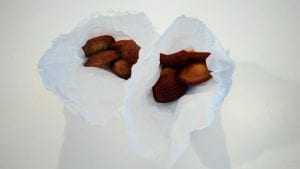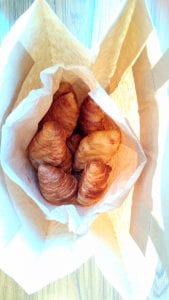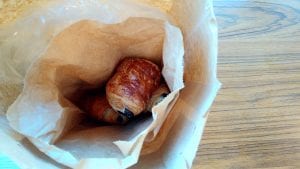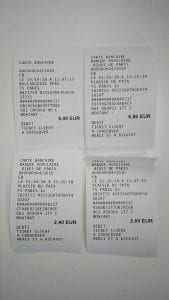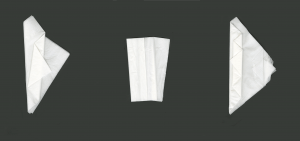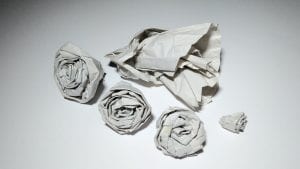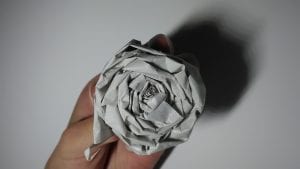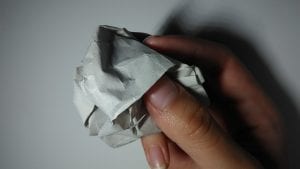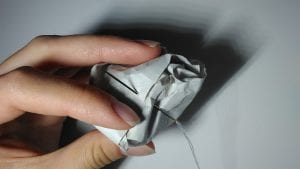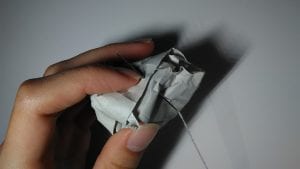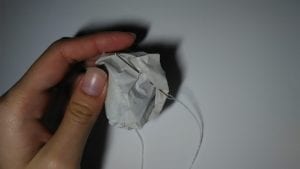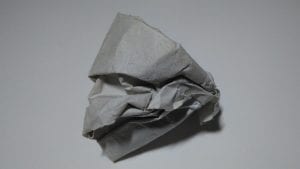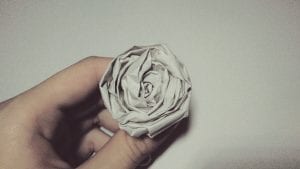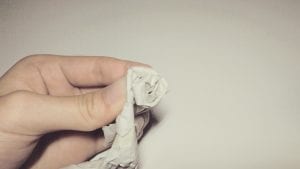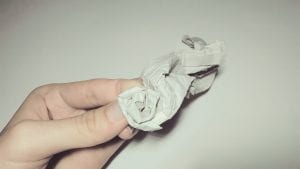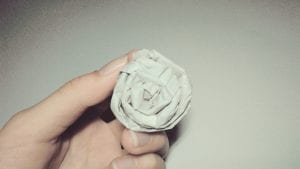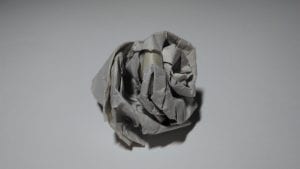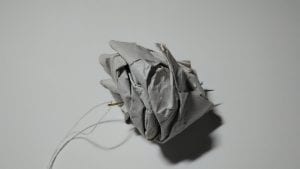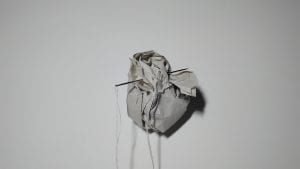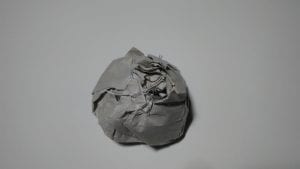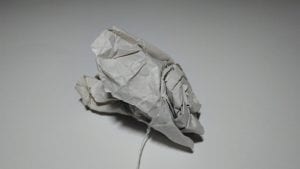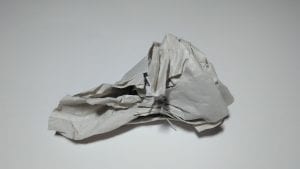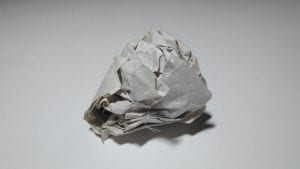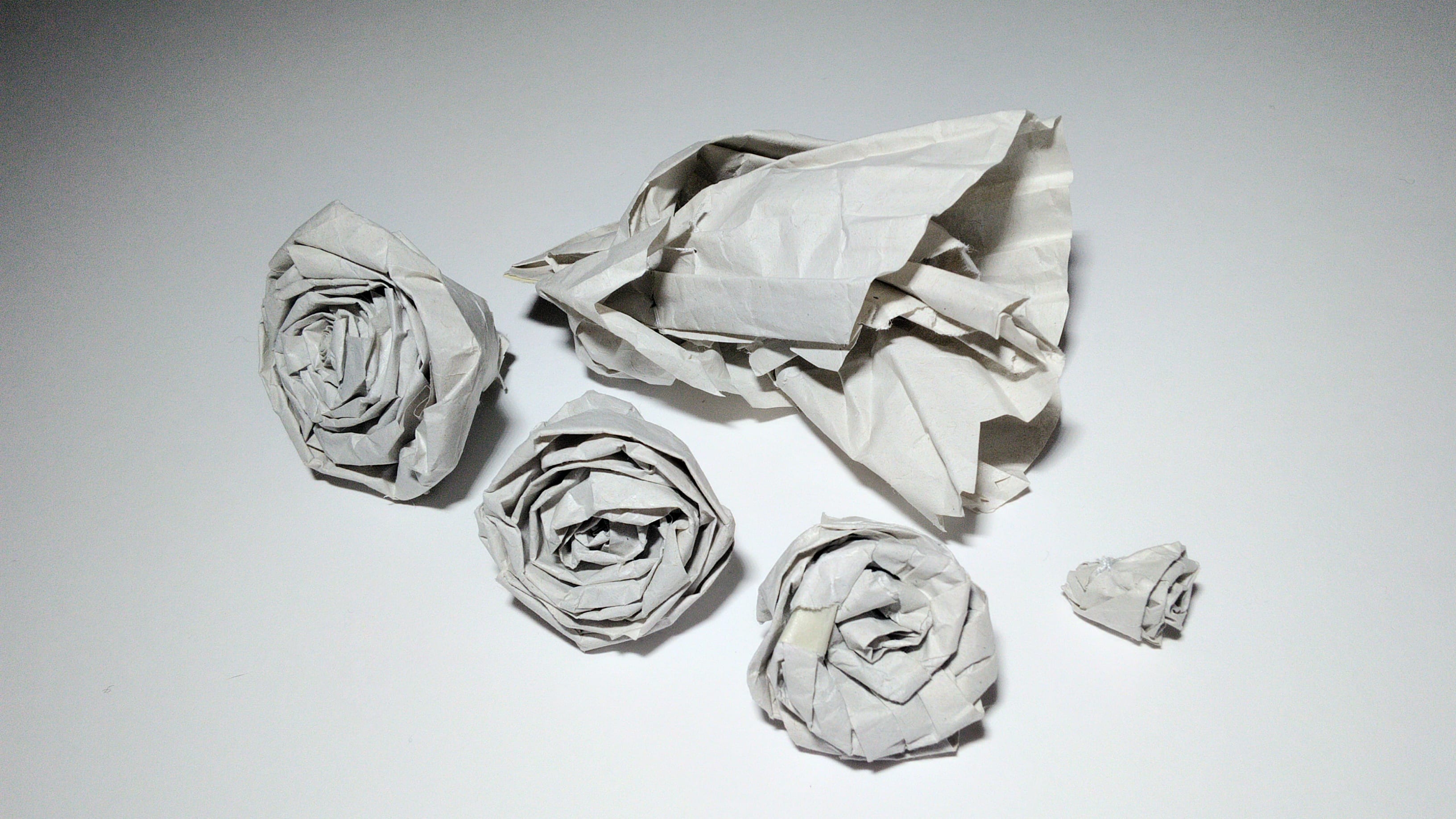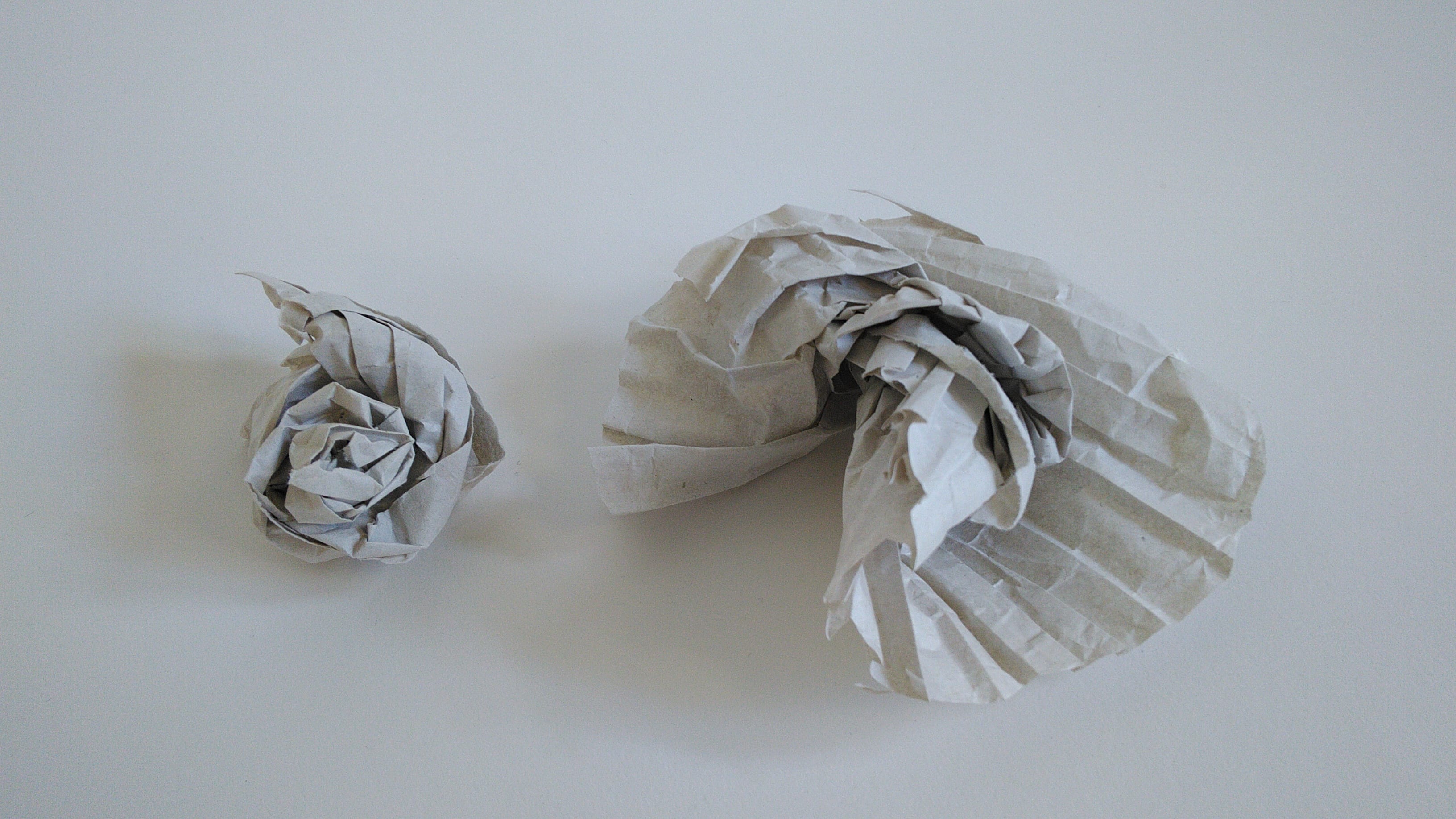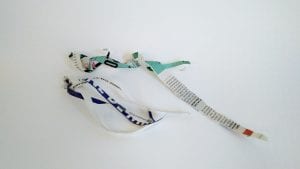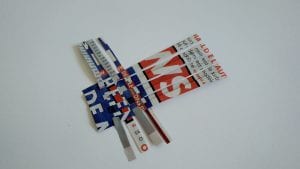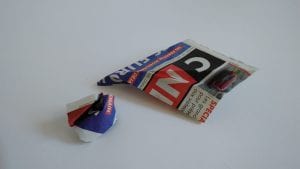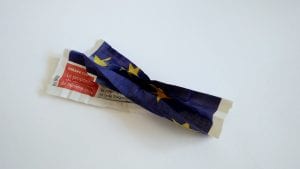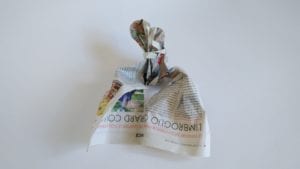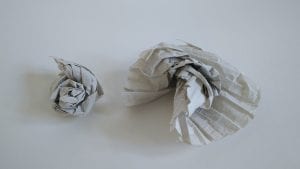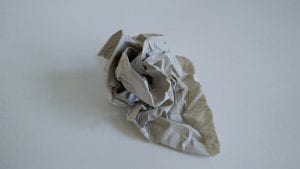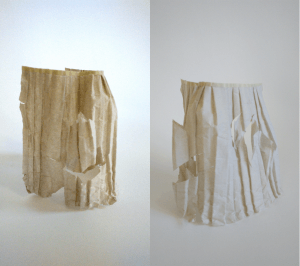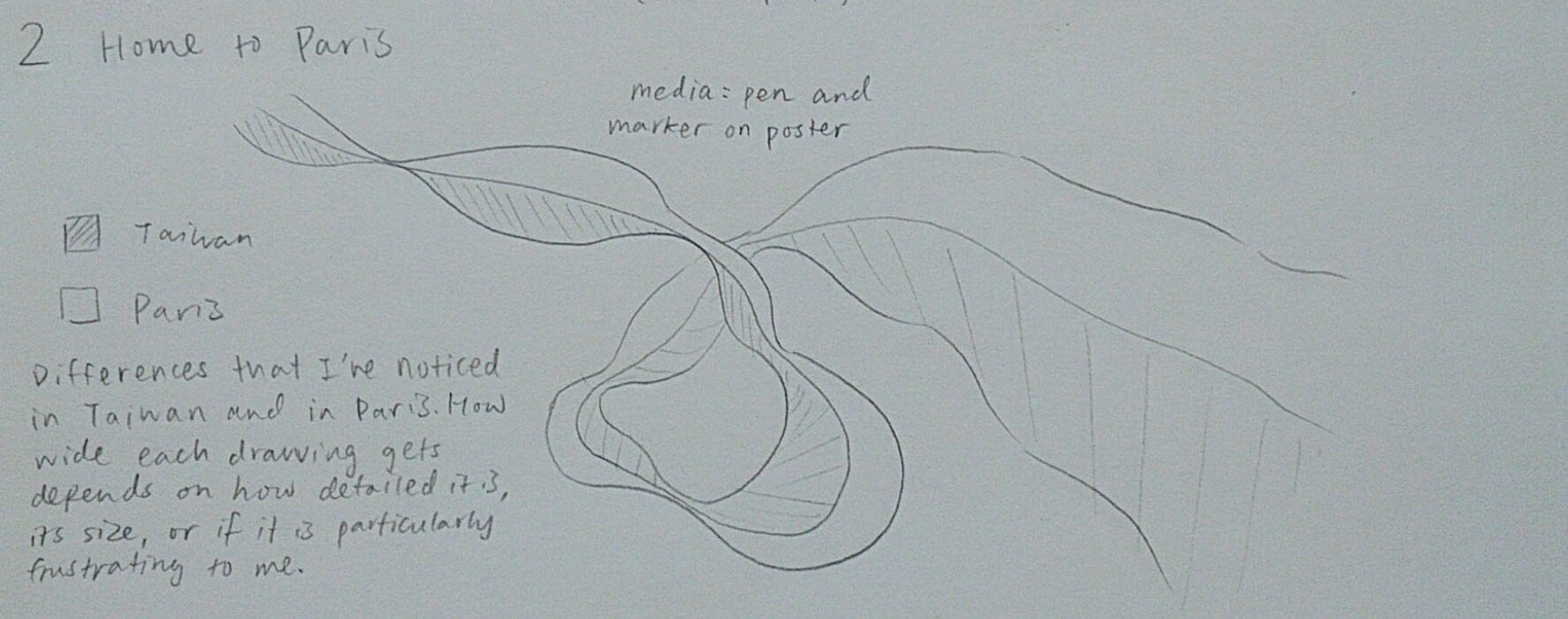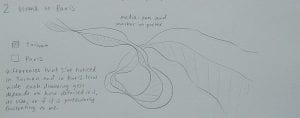On our way to her apartment, she told me that she had spent the night at a friends’ place. When we arrived at her off-campus housing building, she asked me to stay downstairs in the lobby while she tidied up her apartment. After about twenty minutes, I took the elevator up to her floor and knocked on her door. She asked me to wait for a few more minutes, as she was still organizing her room.
I stood in front of her door and listened to the music she was playing, and the sound of water splashing in the sink, as she scrubbed her plates and pans. I was anxious to see if the interior of the apartment went with the music that was playing.
A cloud of steam flowed out from a white plastic oval object on her desk, spreading towards the rest of her room. At first, I thought it was there to create a certain atmosphere. Later, she told me that it was a humidifier. “Because I have allergies, I need to use a humidifier when I’m in Europe.”
The freshly-produced humidity was not like the dampness in the air on humid days. It felt clean and refreshing, as if the water had been broken down into delicate tiny particles that filled your lungs with a new essence of freshness.
It began to rain heavily. I asked her if she wanted me to close the window. “No,” she said, “I like it when it rains.” The sound of the raindrops mixed with the humidity, and the dried fruit on the window sill, created a calm, refreshing, natural ambience.
Near the window, a green plant in a Fuji water bottle was sitting on the top level of a shelf attached to the wall. The shelf was in between a desk and the bed. I could see its reflection in the window. Another green plant in a similar Fuji bottle was on her desk beside a metal plate on which she had arranged her perfume and accessories. Hand-written schedules were taped on her desk. There was also a roll of toilet paper on it. A few pens were stuck inside the toilet roll tube. Cardboard boxes were stored on the bottom level of the shelf beneath her desk. Small, metal tea boxes and miniature paper tea boxes from Kusmi tea were displayed on one of the shelves of the bookcase above her desk. Books were arranged on the remaining space. A small poster of a lip was taped to one side of the bookcase.
“Do you feel fine with the music on? Is it too loud for you?”, she asked. I said it was fine. I enjoyed the way the music set the tone of her daily living space. It was an important element of her surroundings that she could bring anywhere with her. And, she had even kept her earphones on when she had walked me back to the metro station.
I recognized all the posters on her walls and the illustrations that she had done for her reinterpretation project. She mentioned it herself, too. “I like to put my artwork on the walls in my room, I don’t know if you think I’m too narcissistic,” she said. The wall beside her desk was filled with green, pink, and purple-colored drawings.
In the center of the wall to the left of her bed, there were posters from other artists. They were all arranged according to format (horizontal or vertical) to form a rectangular shape.
The music and the posters created a lively harmony of her artistic essence. “I really like yellow, red, green, blue, all the bright colors,” she said. Two opened Ikea boxes with white tape on the opened side were piled up to the left of a yellow suitcase. A folded paper bag was lying underneath the white chair across from her bed.
The bathroom was to the right of the entrance door. Several bottles of facial products were perfectly organized on the sink in front of the mirror. The cabinet under the sink only contained five bottles of detergent placed on the top shelf. A piece of fabric was on the bottom shelf. “I like to have things outside where I can see them,” she said.
“I use paper towels to clean my face. I reuse them and put them back into the basket,” she explained. A woven, pale brown basket was arranged beside the neatly displayed bottles, and a thick roll of paper towels was on a shelf above the toilet. A small table was positioned to the right of the bathroom entrance. I noticed the bottles were on top of a pink, yellow and green striped cloth. There was a white stripe in between each colored stripe. I lifted up the cloth and discovered the Ikea paper box that was hidden underneath it.
Realizing that I had seen the Ikea box, she showed me another Ikea box. “I keep and use my boxes. I even use one as a bedside table.” Its narrow form fit perfectly in the space between the window and her single bed. There was a roll of toilet paper on top of it.
As I was taking notes on her desk, she grabbed several clear folders from her desk shelf and sat down on the gray mat in front of her bed.
Two pull-out drawers, containing paper bags and usable items, were under her bed. Her closet was at the foot of her bed. It had sliding doors. On the bottom shelf, there were two white bags with three paper bags inside of them, each packed tightly with more folded paper and plastic bags.
To the right of her closet, was a tall, wooden kitchen shelf. There was a bag of rounded bread and a pack of Kelloggs cereal on the top shelf. Beneath it, was a metal box filled with various brands of tea: Twining, Whittard, and Kusmi. A woven, pale brown basket, two more Kellogg’s cereal boxes, and white wine bottles, still in their white, Ikea wrapping, were on the bottom shelf. There were quite a few Kelloggs strawberry and raspberry cereal boxes lying on the top level of her kitchen shelf, which was hanging on the wall with the bathroom behind it. Lying perpendicularly was the kitchen appliances to the left of the bathroom entrance.
She offered me a cup of mocha tea with milk in it. I was expecting a cup of hot tea, but it was cold. “I drink white wine once a week. Within one day, I drink tea, coffee, milk, and juice. I drink coffee for breakfast and at night, and tea in the afternoon.”
Tags and stickers from Ikea were pasted on the side of the kitchen shelf. Pink, white and orange, they were layered upon one another but in no particular order. Beneath the kitchen shelf, there were a few notebooks and stacks of papers on top of a black cuboid. Beside it, a line of several pairs of sandals, sneakers, and high heels.
“I have more shoes. I’ll show you,” she said, taking off the books and papers and zipping open the cuboidal bag that she used for shoe storage. “I like using this black bag because it is versatile.” It can also be easily folded flat to fit into a small space.
She values the reusability of products and packaging a lot. From the Fuji bottle her plants were in held the plants to the paper towel that cleaned her face to the Ikea paper boxes that served as tables to the paper bags that are collected in generous amounts, all was a sign of potential for reusing. She adds a part of her artistic personality to the room. “By the time I leave, the wall will be filled up with posters and my artwork.” The wall, filled with posters and her own artwork, will itself become art over a period of time.
Bridge Paper 2_Essential Aesthetic_Priscilla Yang-1zjnt4x

